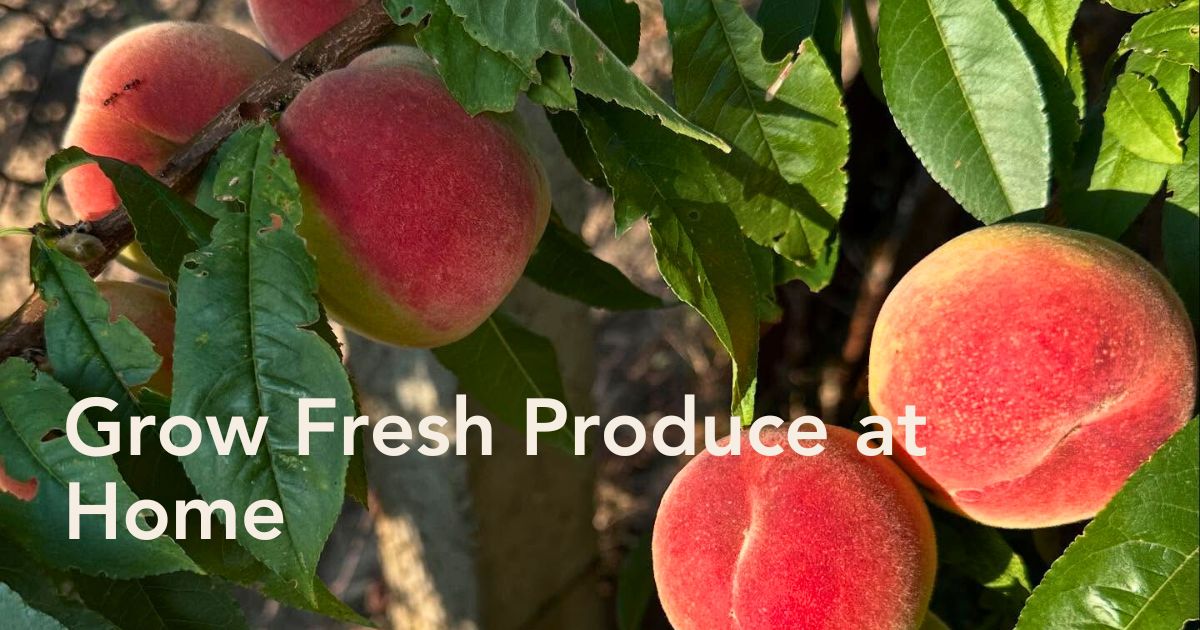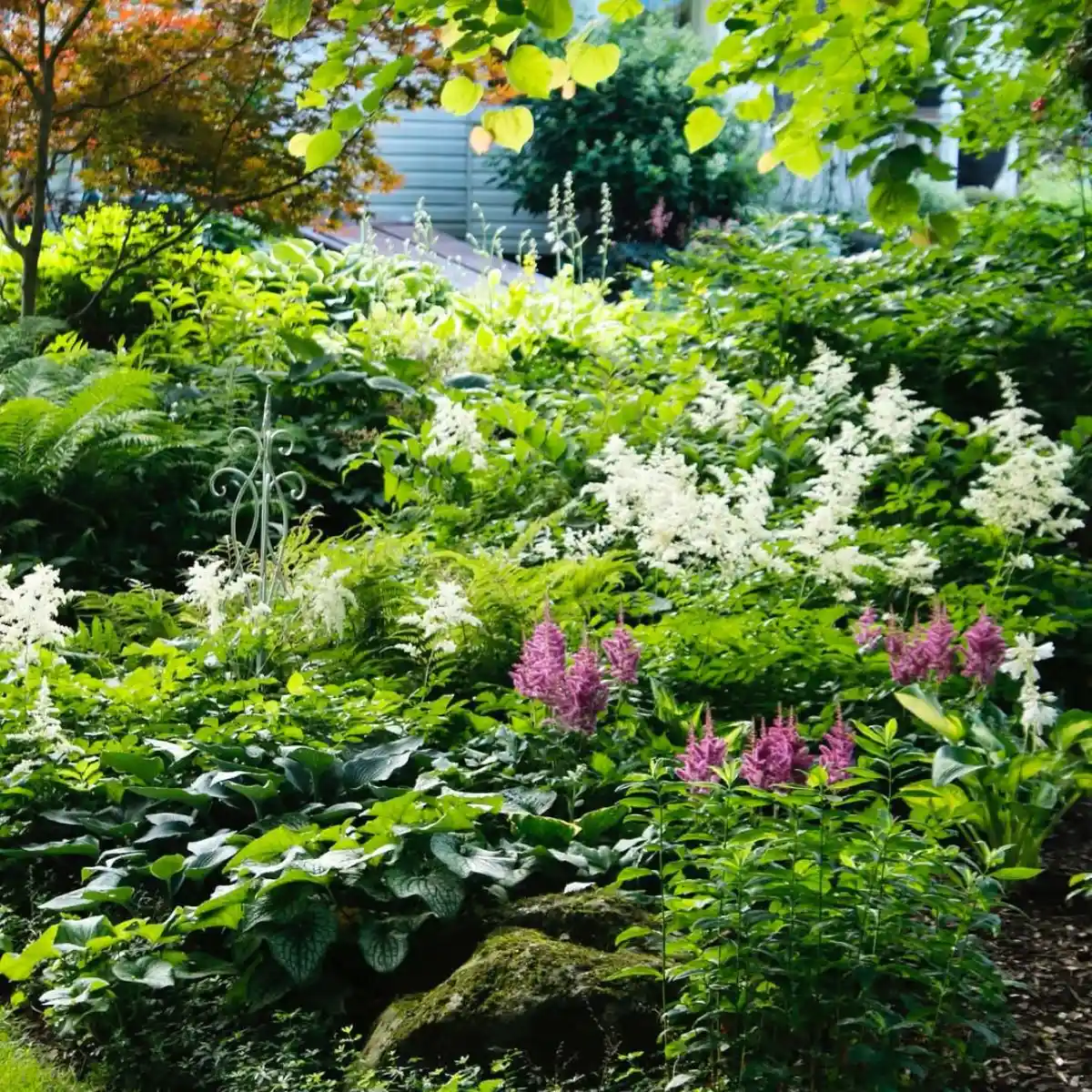For many home gardeners, few projects are as rewarding as establishing a fruit garden. Whether you're aiming to grow a few berry bushes or transform your backyard into a productive orchard, planning is critical. Before you plant your first tree or seed, understanding your space, goals, and local climate will set the foundation for a healthy and sustainable fruit garden. This guide walks through the key considerations to help you start your fruit garden from scratch with clarity and intention.
Understanding What You Want From Your Fruit Garden
Every successful fruit garden begins with a clear vision. Do you want a steady harvest of table fruits, a seasonal fruiting hedge, or an aesthetically pleasing edible landscape? Home gardeners might prioritize easy-to-grow fruits like strawberries and citrus, while others might be interested in more diverse or heirloom varieties. Your goals will determine what and how you plant.

Think about space availability, whether you want low-maintenance crops or intensive production, and how much time you can dedicate. If you're new to fruit gardening, start small and expand as you learn.
Choosing the Right Location for Your Fruit Garden
Fruit plants need good drainage, adequate sunlight, and access to water. Most fruit-bearing plants prefer a minimum of 6 hours of direct sunlight per day. Avoid low-lying areas where cold air settles, as this can impact flowering and fruit development.
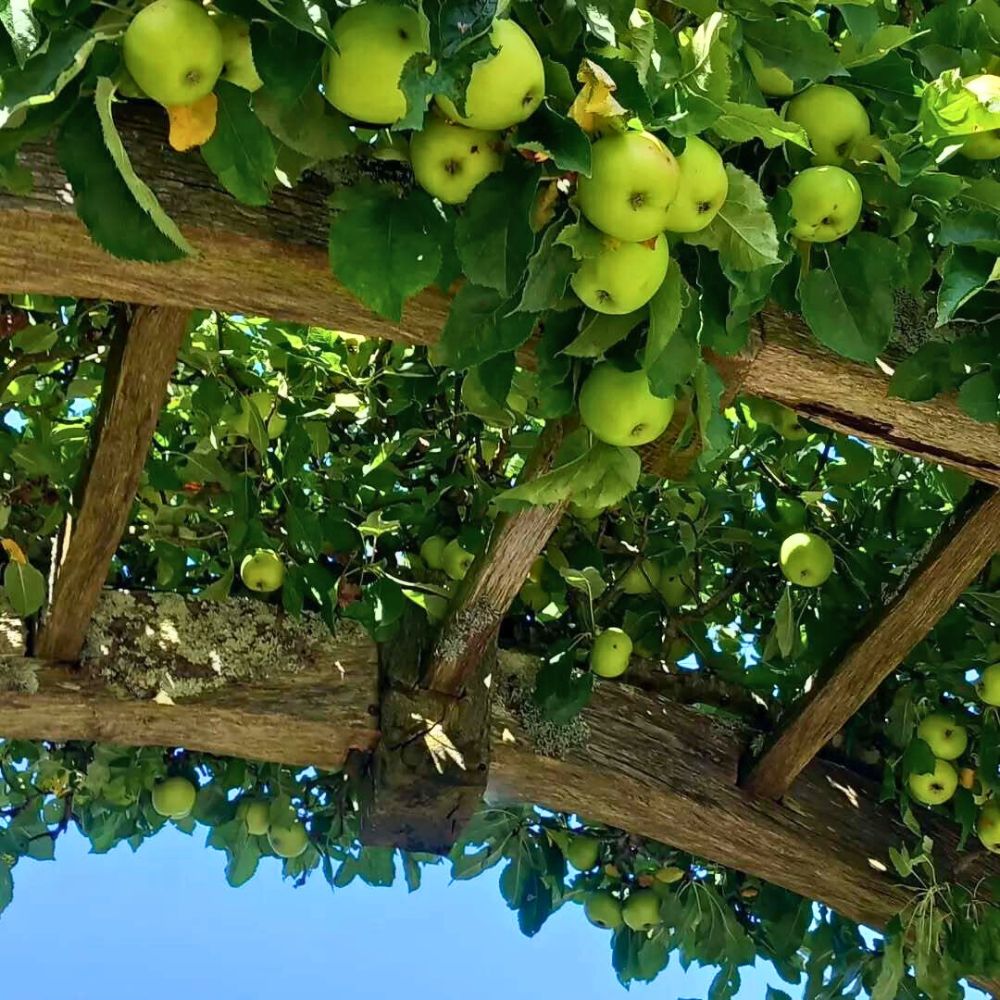
If you have limited space, vertical growing methods, espaliering, or container gardening may help maximize output. Raised beds or tiered plots work well in small urban gardens or patios. Those with more room can consider a full orchard layout.
Soil Conditions and Preparation
Healthy soil is the root of a thriving fruit garden. Begin with a soil test to check pH, nutrient levels, and texture. Most fruit plants grow best in slightly acidic to neutral soil (pH 6.0–7.0). If your soil is too sandy or heavy with clay, you’ll need to amend it with organic matter.
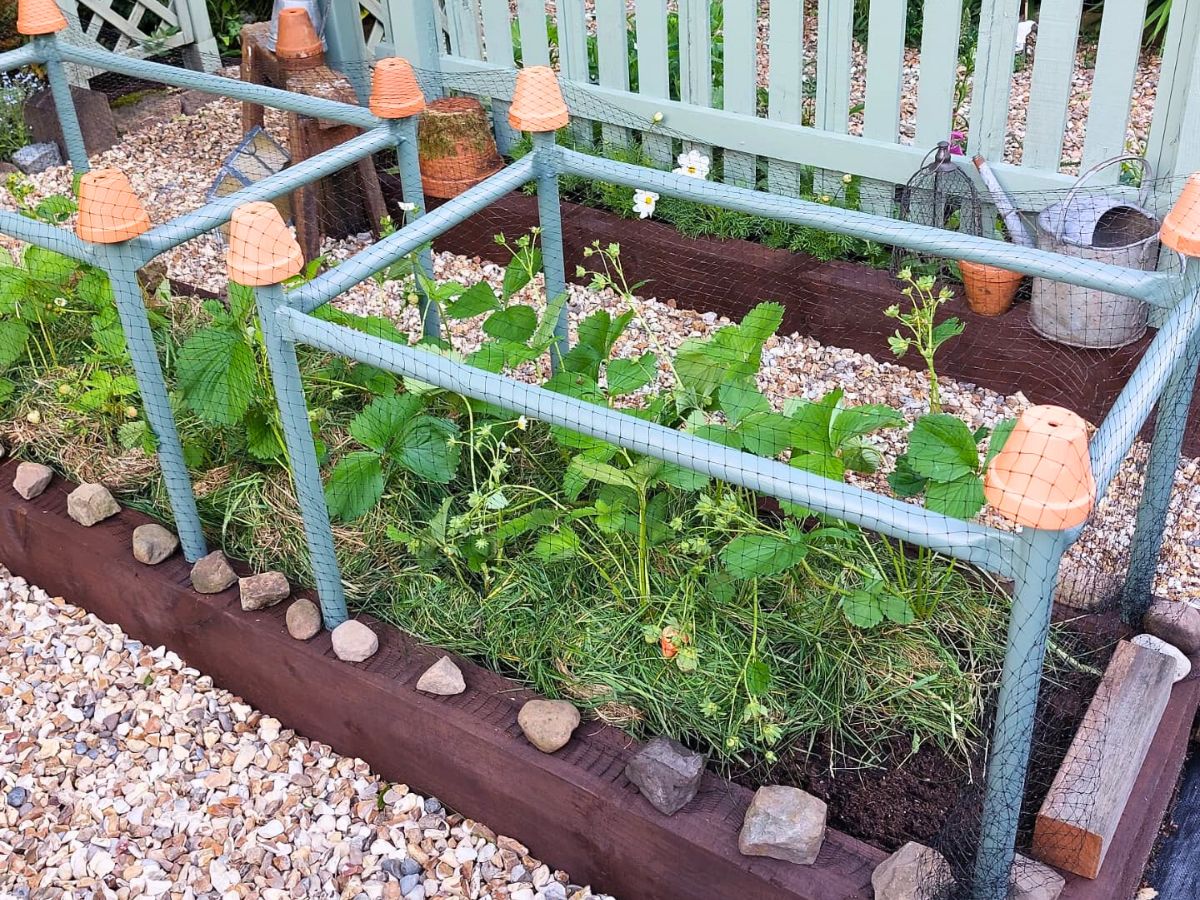
Incorporate compost and aged manure a few weeks before planting. Proper drainage is non-negotiable—standing water leads to root rot and plant stress. Raised beds, organic mulches, and consistent weeding also improve overall soil health.
Selecting Fruit Varieties That Thrive Locally
Your climate zone will heavily influence what you can successfully grow. Consult local extension offices, gardening communities, location-specific plant shops, or nurseries for region-appropriate varieties. For instance, citrus, figs, and guavas thrive in warmer climates, while apples, berries, and stone fruits do better in temperate zones with some chill hours.
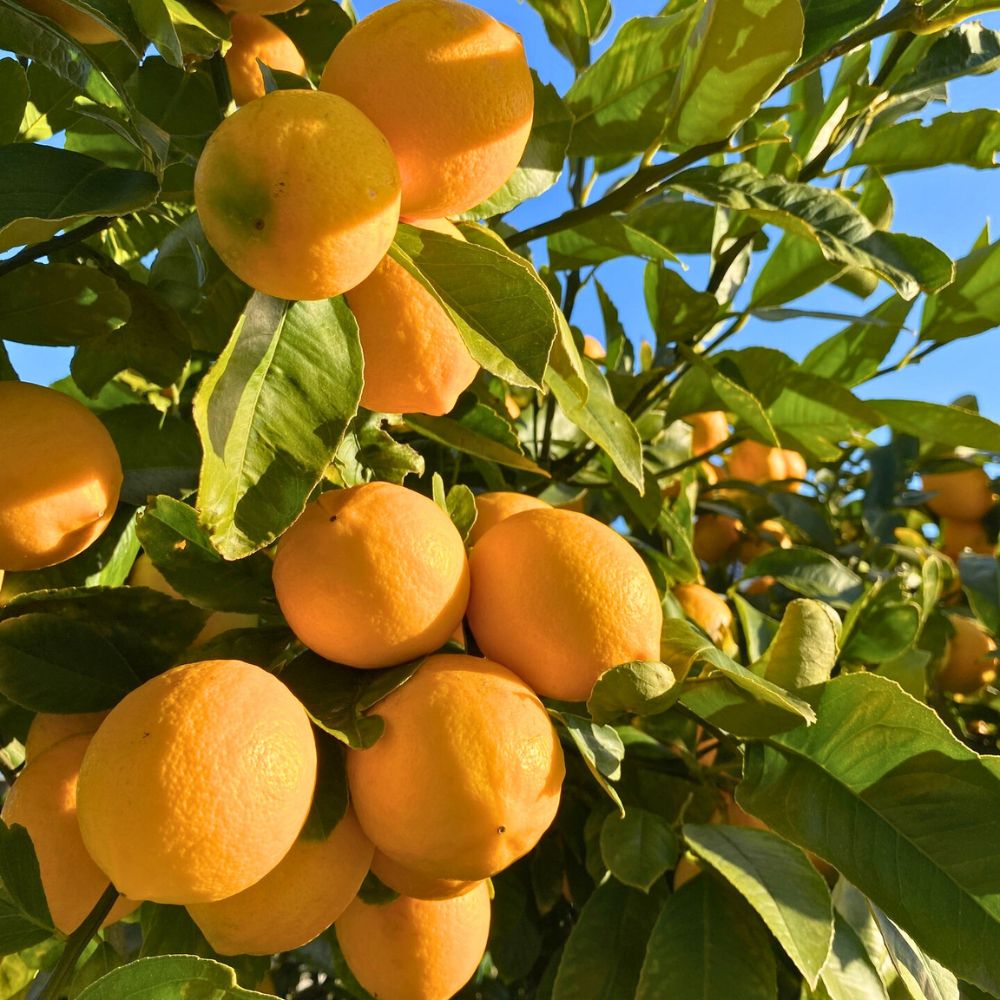
Some plants need cross-pollination, so you might need to plant more than one variety. Others are self-fertile but benefit from having pollinators nearby. In dry areas, consider drought-tolerant varieties. In humid zones, choose disease-resistant cultivars.
Here is a curated list of the 5 best fruits to grow in your garden. Read to gain more insights on what to choose to grow in your home garden.
Fruit Garden Layout Ideas for Different Spaces
You don’t need a huge piece of land to grow fruit. With the right layout, even small backyards or balconies can support productive gardens. A classic backyard orchard layout includes rows of dwarf or semi-dwarf trees spaced to allow sunlight and air circulation. For small-space gardens, columnar trees, trellised vines, and potted citrus offer compact solutions.
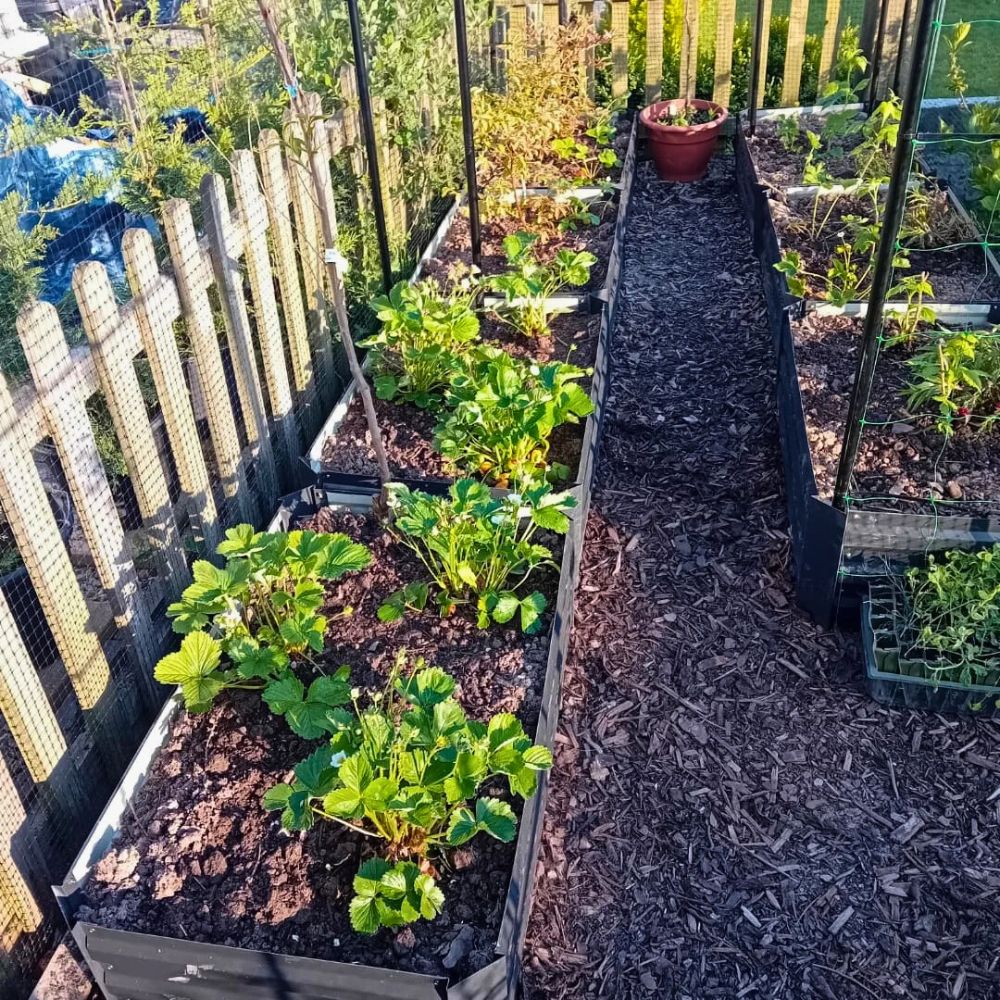
Think about combining ground-level and vertical planting. You might plant strawberries or ground cherries beneath taller trees or along borders. Grapes or passionfruit can trail up arbors or fences. This layering not only saves space but can create a beautiful edible landscape.
Caring for Your Fruit Garden Through the Seasons
Once your garden is established, year-round care ensures its long-term productivity and plant health. Each season has specific tasks that contribute to overall success. In spring, focus on pruning to shape trees and remove dead or diseased branches, fertilizing to support vigorous growth, and monitoring for pests or fungal issues that appear with warming temperatures. This is also the best time to train young trees and inspect irrigation lines after winter.
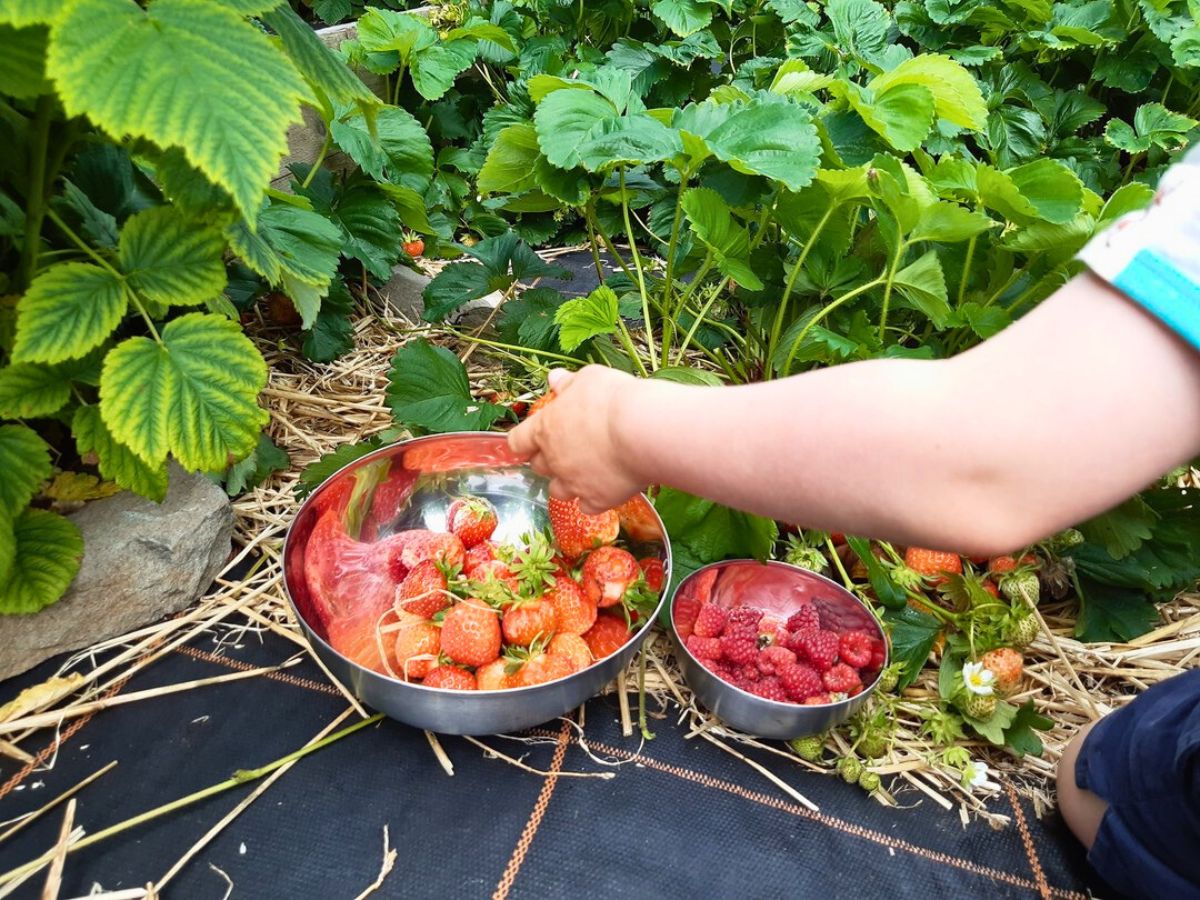
Summer is all about managing fruit development. Support heavy branches with stakes or netting if needed, and thin out excess fruits to improve size and quality. Pest pressure tends to increase, so integrated pest management becomes important—look for natural predators, rotate organic treatments, and remove infested fruit promptly.
Autumn signals harvest time, but it’s also the ideal moment to assess your garden’s performance. Clean up fallen leaves and leftover fruit to prevent disease carryover, and apply compost or well-rotted manure to recharge the soil. Mulch again to protect roots from the approaching cold and retain moisture.
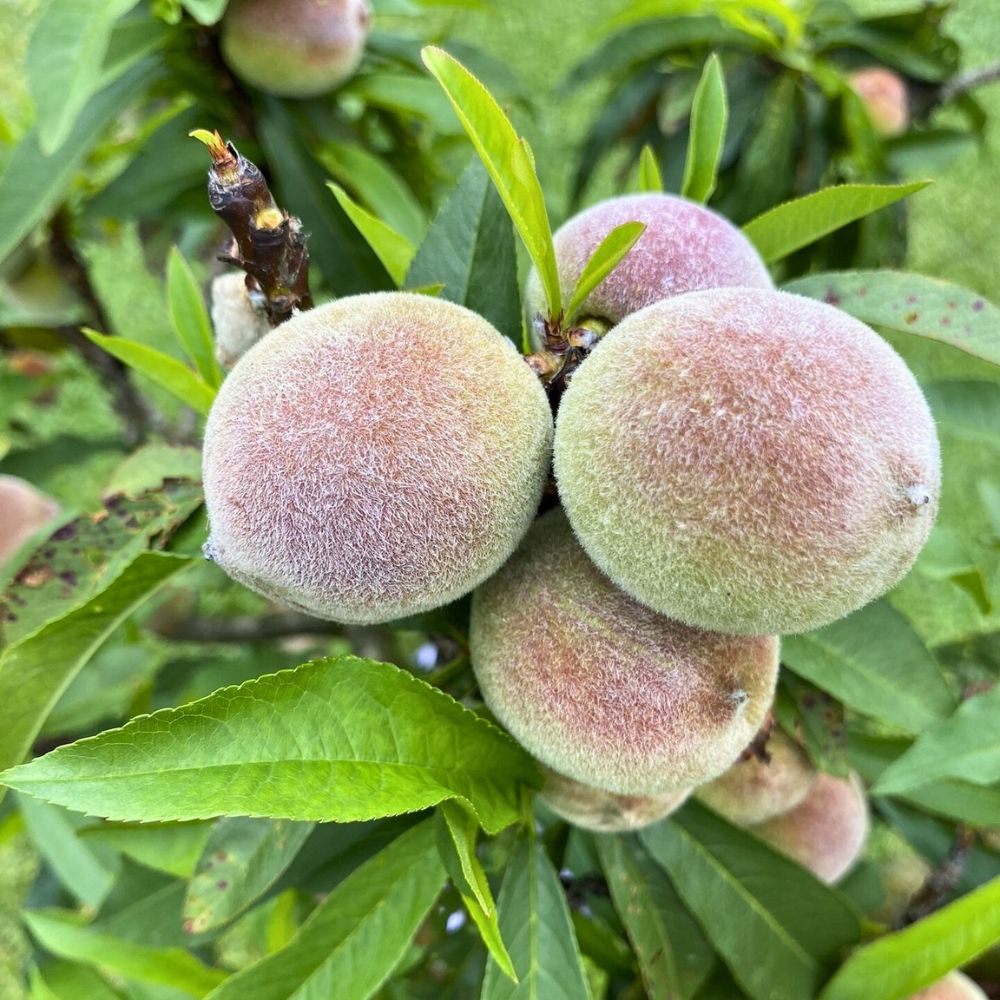
In winter, most fruit trees go dormant, making it an excellent time for structural pruning and soil improvement. Add amendments like lime or bone meal based on your soil test results, and plan new plantings for the coming season.
Throughout the year, irrigation remains essential, particularly during dry spells. A drip system delivers consistent moisture directly to roots while avoiding foliage, which reduces fungal risks. In colder zones, remember to drain and store irrigation equipment before the first frost.
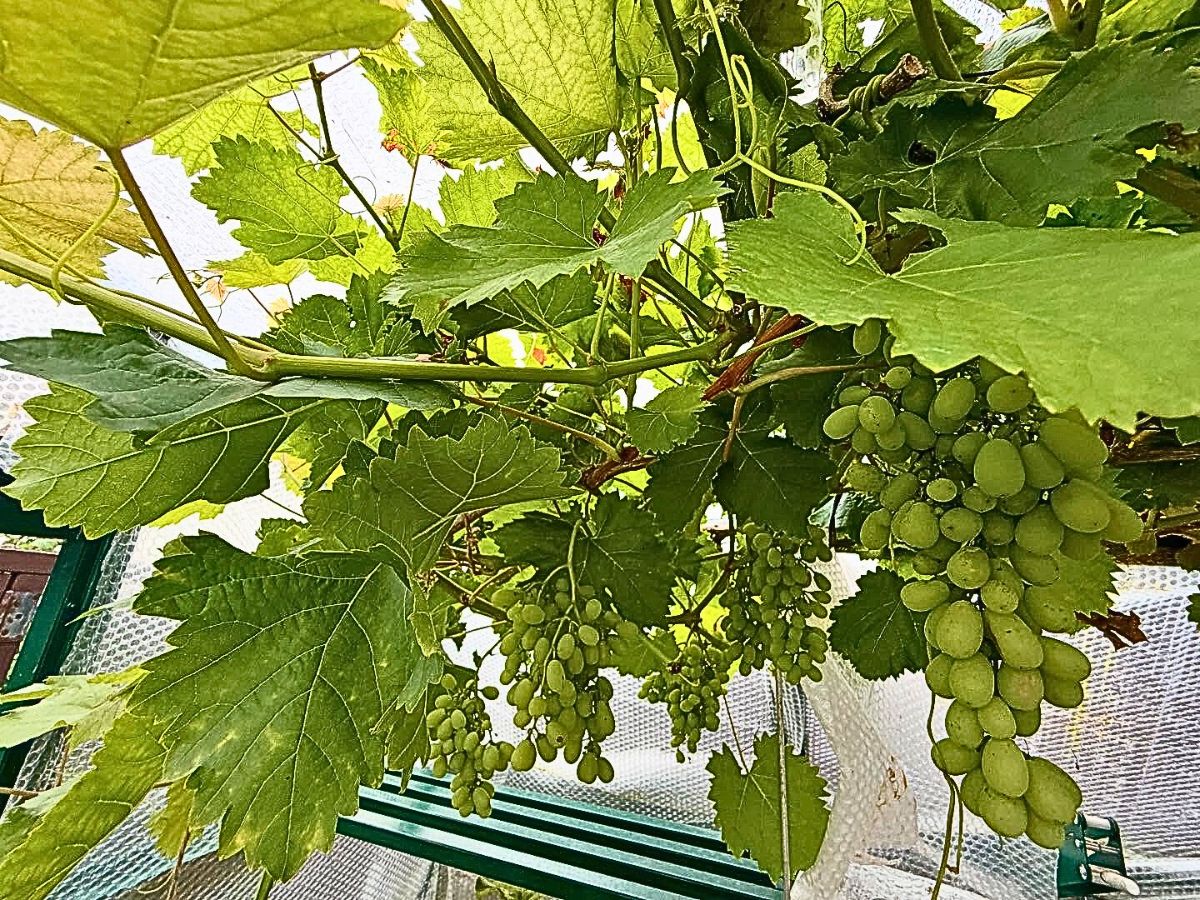
Mulching with organic material such as straw, leaves, or bark chips helps regulate soil temperature, retain moisture, and suppress weeds. It also adds organic matter as it breaks down. Lastly, keeping a simple seasonal garden journal—noting planting times, yields, pest patterns, and weather extremes—can be one of your best tools for improving practices over time and understanding what works best in your specific microclimate.
Pest and Disease Management in a Fruit Garden
Fruit gardens attract pests—from aphids to birds—and are prone to fungal issues depending on the climate. Integrated pest management (IPM) techniques work best for home gardens. These include crop rotation, natural predators (like ladybugs), barrier methods, and organic sprays like neem oil.

Regular monitoring helps you spot problems early. Remove diseased fruit and leaves to prevent the spread. Use physical netting or row covers to keep birds and larger animals from eating ripening fruits. The key is prevention, not reaction—healthy plants are more resilient to attacks.
Common Issues With Fruit Gardens and How to Address Them
New gardeners often face a few hurdles. One is poor fruit set, which may be due to insufficient pollination, over-pruning, or nutrient deficiencies. Another is leaf curl or fungal spots, especially in areas with high humidity or excess rainfall.
Incorrect pruning timing can lead to reduced yields. Many fruit plants, especially trees and vines, benefit from pruning while dormant in winter. If your fruit tastes bland or the texture seems off, this could relate to harvest timing or water stress.

Learning to recognize these issues early on—and seeking advice when unsure—prevents long-term damage. Gardeners can benefit from joining forums like Quora communities, following university extension blogs, or referencing PDFs like San Diego County’s fruit gardening guide.
From Patience to Harvest: Managing Expectations
Fruit gardening requires patience. Unlike vegetables, which may yield within weeks, most fruit trees and bushes take one to three years to start producing, and full production might take even longer. However, the reward is long-lasting: once established, a well-maintained fruit garden can yield for decades.
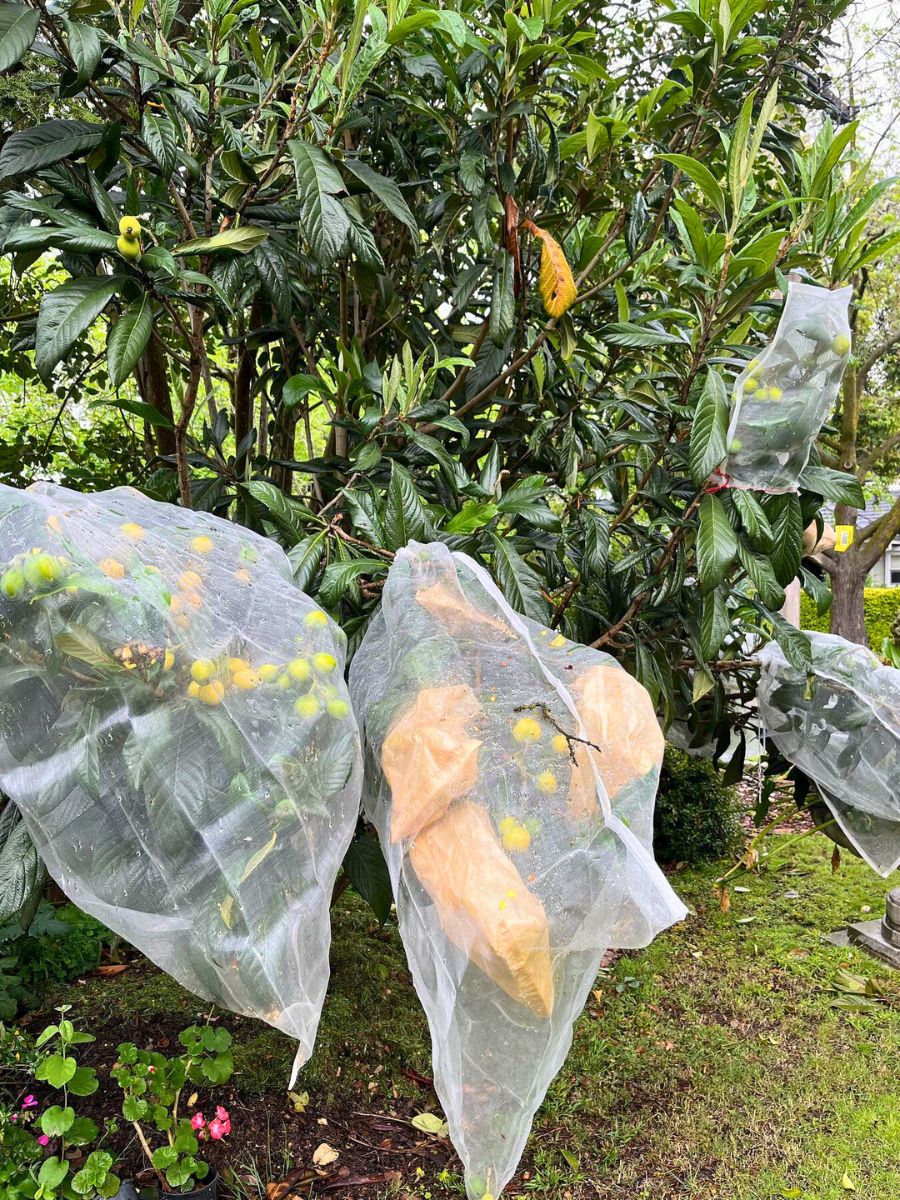
Use this time to deepen your gardening knowledge, experiment with companion planting, and refine your techniques. Consider interplanting annual herbs or vegetables to make the garden productive while the fruit plants mature. The journey is gradual, but each season teaches something valuable.
Exploring Sustainable Fruit Gardening Practices
Incorporating sustainable methods improves long-term soil health, reduces water use, and supports biodiversity. Use organic composts instead of synthetic fertilizers. Choose native or adapted fruit varieties to reduce inputs. Collect rainwater for irrigation where possible.
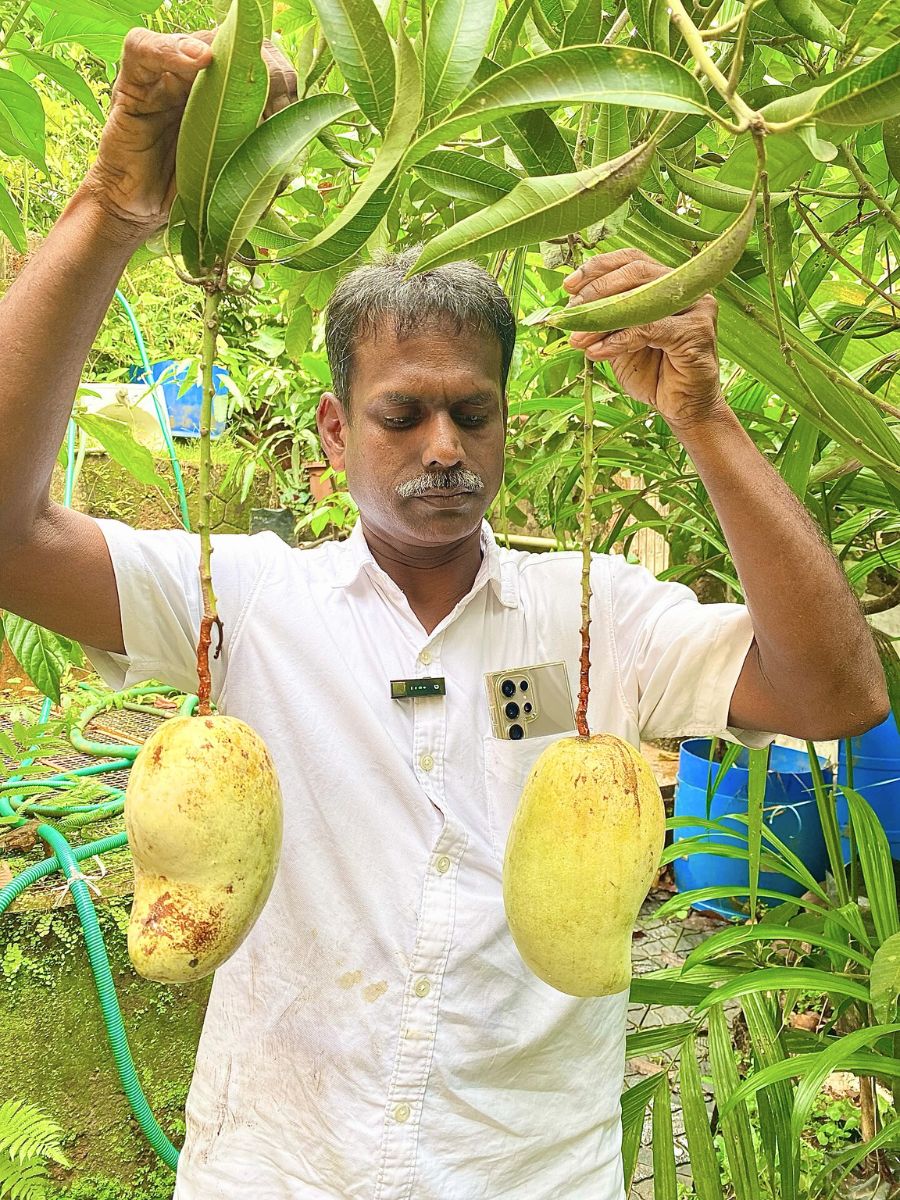
Also, think about biodiversity—integrate flowering herbs and pollinator-friendly plants among your fruit crops. This not only supports bees and beneficial insects but also adds beauty and balance to your garden. Sustainable gardening ensures your fruit patch remains productive and ecological for years to come.
Resources and Communities That Can Help
Don’t hesitate to seek help. Online platforms like Farmstand, Quora, and gardening subreddits offer peer-based advice, while local agricultural offices or gardening centers can provide region-specific guidance. For U.S. gardeners, extension service PDFs and planting calendars are invaluable.
Building a garden is personal, but it thrives when part of a shared learning experience. Whether it’s troubleshooting, plant ID, or seasonal timing, there’s always someone who has walked the same path—and is willing to share their wisdom.
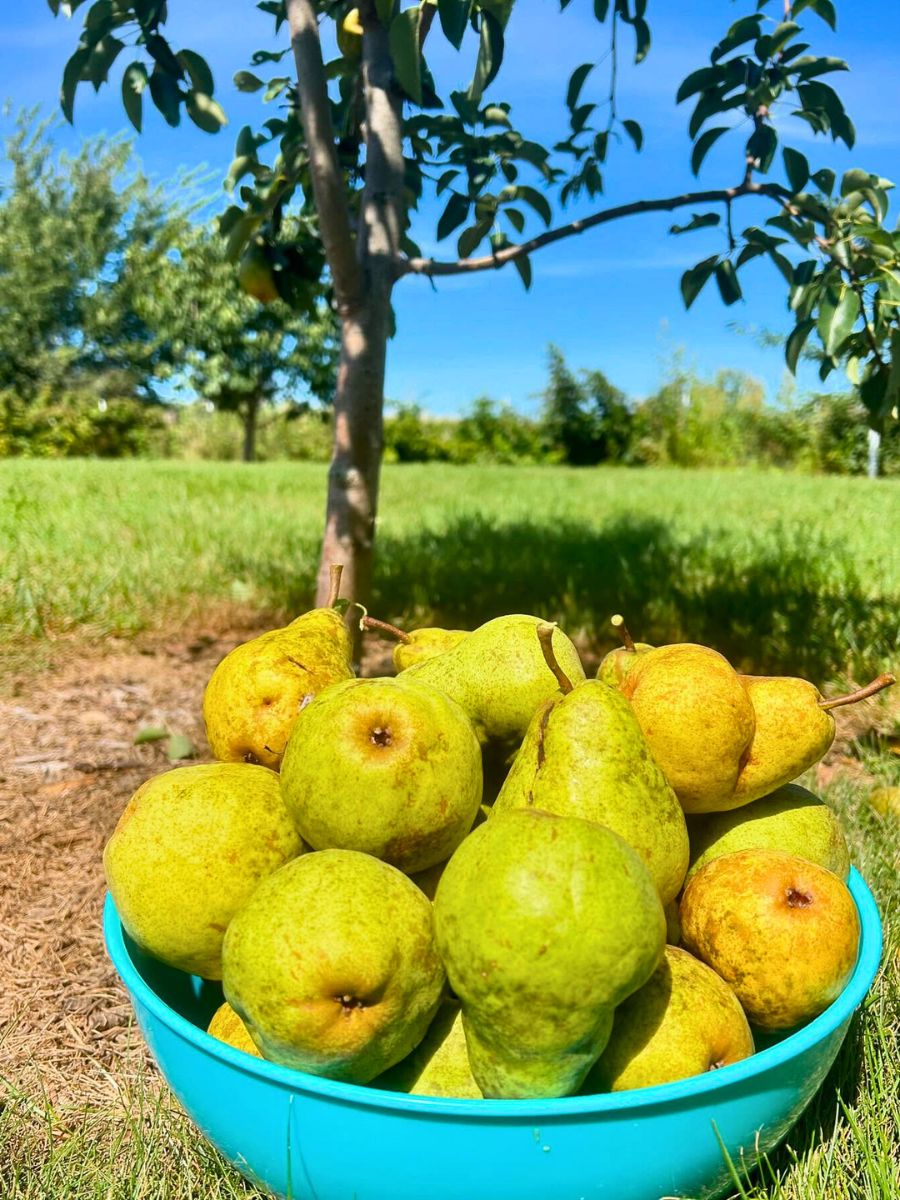
Starting a fruit garden from scratch may seem daunting, but with thoughtful planning and a bit of patience, it becomes a deeply rewarding journey, both for the senses and for your lifestyle. Whether you're planting compact fruit trees in containers or mapping out a full backyard layout, the process encourages a closer relationship with the land and offers the satisfaction of growing something you can truly enjoy. As each season unfolds, your garden becomes more than just a space—it turns into a living reflection of your efforts, evolving tastes, and the joy of cultivating fresh, homegrown fruit.

